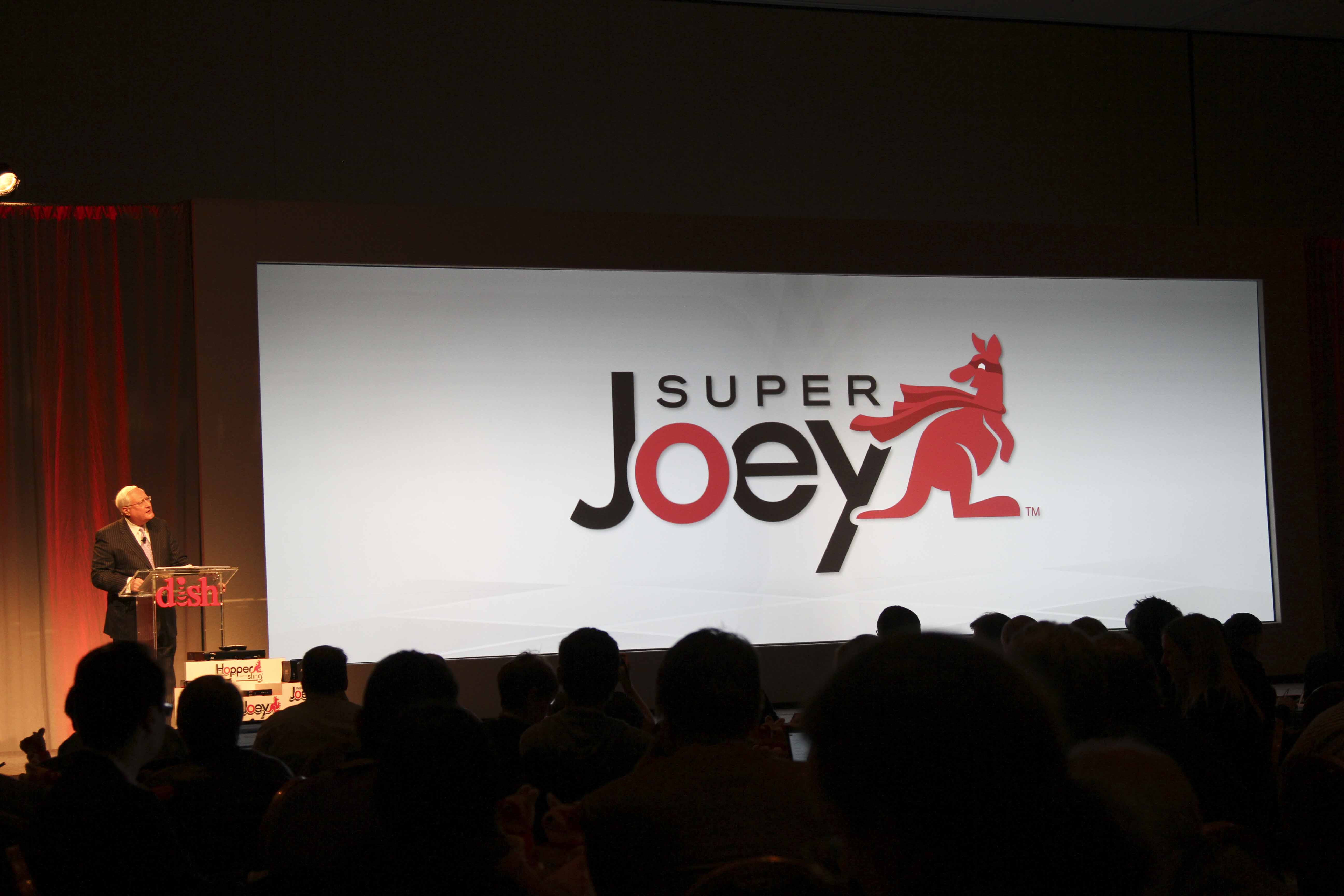We’ve seen hundreds of new products while walking around the CES floor the last few days, but so far, we’ve been particularly intrigued by a few developments:
1. Google Android Alliance
Rumors of a Google-Audi partnership were not only true, but for once, understated–Google’s Open Automotive Alliance brings Android to GM, Honda, and Hyundai, making it easy for developers to create new apps specific to the car.
2. LG webOS TV
LG’s taken the surprising step of adapting a platform once designed for smartphones into a user-friendly one for smart TVs.
3. Roku TV
Set-top box Roku is building its streaming service directly into Hisense and TCL televisions, giving it an edge over industry leader Apple TV.
4. Qualcomm and Sesame Street
Qualcomm announced a partnership with Sesame Street to bring new educational uses for mobile devices and apps to children.
5. Netflix 4K and Sony
Viewers won’t have to wait long for 4K content for their 4K TVs: Netflix announced it will be producing the next season of House of Cards and other original programming in 4K.
6. The Eye Tribe
This affordable eye tracking software and developer kit indicates that this seemingly futuristic technology is on the brink of breaking into the mainstream.
7. GeoPalz ibitz
This digital pedometer tracks children’s activity and rewards them for achieving their fitness goals. They can exchange points for prizes on Club Penguin or Wilson Sporting Goods, or parents can set their own prizes.
8. Steambox
Valve and Steam and teaming up to deliver games through a variety of new consoles for the living room, challenging Xbox and Playstation’s dominance.
9. June Bracelet for Sun Exposure
Although we’re not spending much time outside these days, we love the Netatmo June bracelet, which measures the wearer’s sun exposure and offers advice about how they can protect their skin from damage.
10. Samsung Overlay
This television display lets viewers stream live tweets on the screen at the same time they’re watching a show, making it ideal for sports or reality TV.
We’ll continue to report exciting finds from the floor as we enter the middle stretch of CES 2014.


